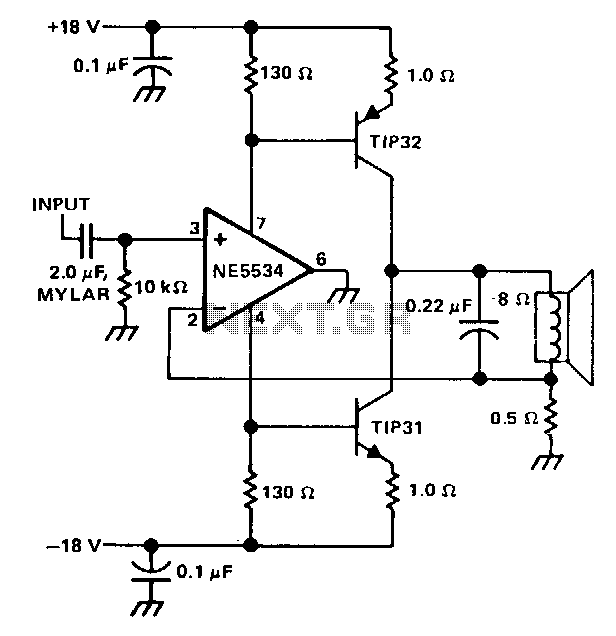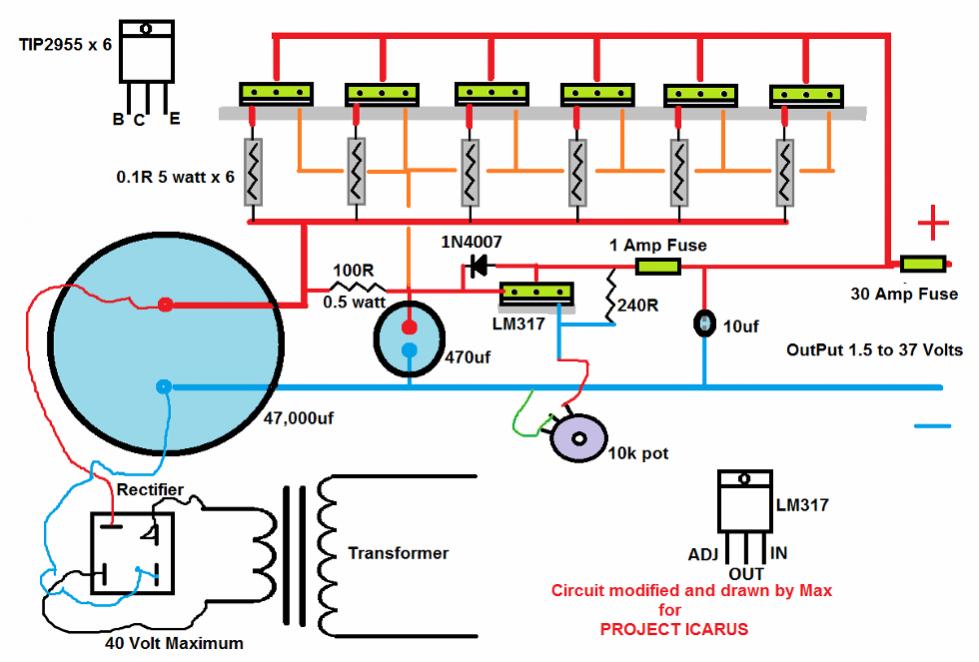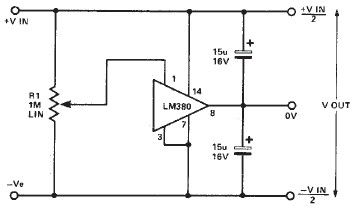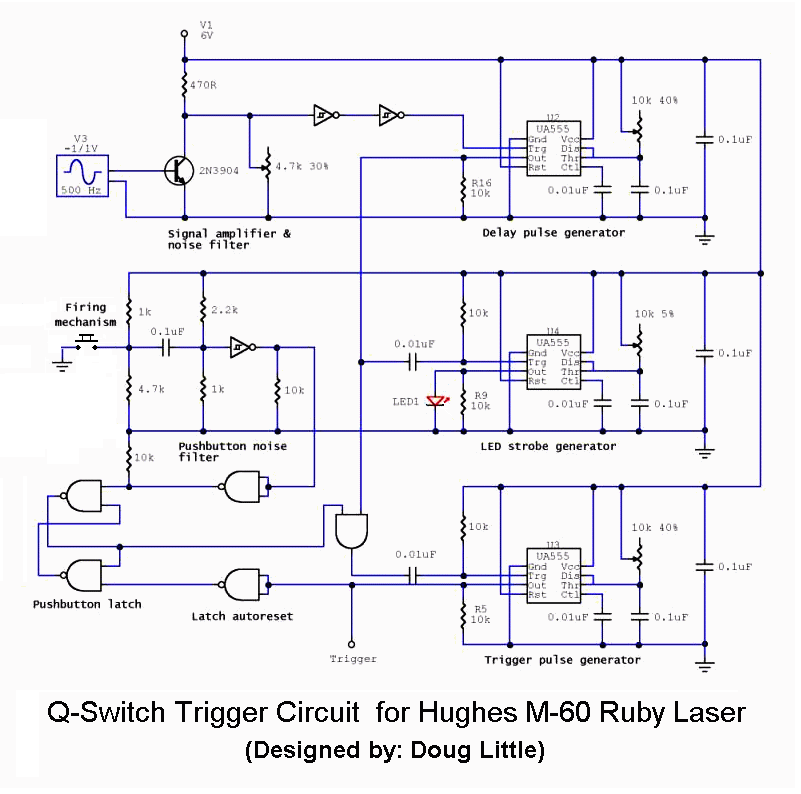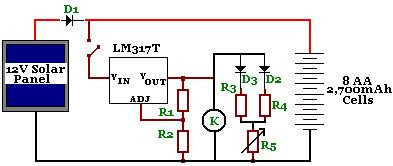
Isolated Power Supply Is Suitable For Telecom/Datacom Applications
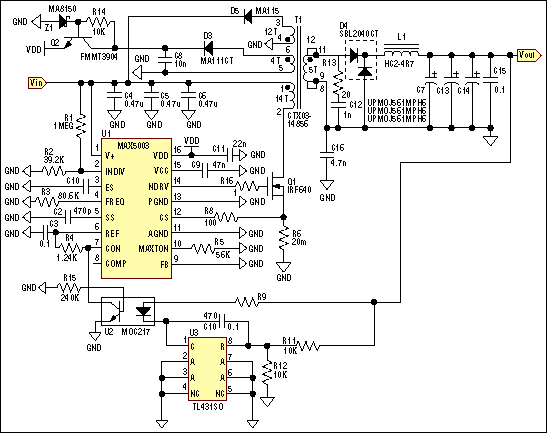
A 50W isolated forward-converter switching supply for telecom applications is described. Most aspects of the design are discussed.
The 50W isolated forward-converter switching supply is engineered to meet the specific demands of telecom applications, where reliability and efficiency are paramount. This design employs a forward converter topology, which is known for its ability to provide electrical isolation between the input and output, enhancing safety and reducing noise interference.
Key components of the circuit include a high-frequency switching transistor, typically a MOSFET, which controls the energy transfer from the input to the output through a transformer. The transformer not only provides isolation but also steps down the voltage to the desired output level. The design incorporates feedback mechanisms to regulate the output voltage, ensuring stability under varying load conditions.
The power supply operates by converting the input DC voltage to high-frequency AC using the switching transistor. The AC voltage is then coupled through the transformer to the rectifying stage, where it is converted back to DC. This process is often complemented by filtering capacitors to smooth the output and reduce ripple voltage.
Thermal management is also a critical aspect of the design, as the switching components can generate significant heat during operation. Adequate heat sinking and possibly active cooling solutions may be implemented to maintain optimal operating temperatures and ensure long-term reliability.
Overall, this 50W isolated forward-converter switching supply represents a robust solution for telecom applications, combining efficiency, safety, and performance in a compact design.A 50W isolated forward-converter switching supply for telecom applications is described. Most aspects of the design are discussed.. 🔗 External reference
The 50W isolated forward-converter switching supply is engineered to meet the specific demands of telecom applications, where reliability and efficiency are paramount. This design employs a forward converter topology, which is known for its ability to provide electrical isolation between the input and output, enhancing safety and reducing noise interference.
Key components of the circuit include a high-frequency switching transistor, typically a MOSFET, which controls the energy transfer from the input to the output through a transformer. The transformer not only provides isolation but also steps down the voltage to the desired output level. The design incorporates feedback mechanisms to regulate the output voltage, ensuring stability under varying load conditions.
The power supply operates by converting the input DC voltage to high-frequency AC using the switching transistor. The AC voltage is then coupled through the transformer to the rectifying stage, where it is converted back to DC. This process is often complemented by filtering capacitors to smooth the output and reduce ripple voltage.
Thermal management is also a critical aspect of the design, as the switching components can generate significant heat during operation. Adequate heat sinking and possibly active cooling solutions may be implemented to maintain optimal operating temperatures and ensure long-term reliability.
Overall, this 50W isolated forward-converter switching supply represents a robust solution for telecom applications, combining efficiency, safety, and performance in a compact design.A 50W isolated forward-converter switching supply for telecom applications is described. Most aspects of the design are discussed.. 🔗 External reference
